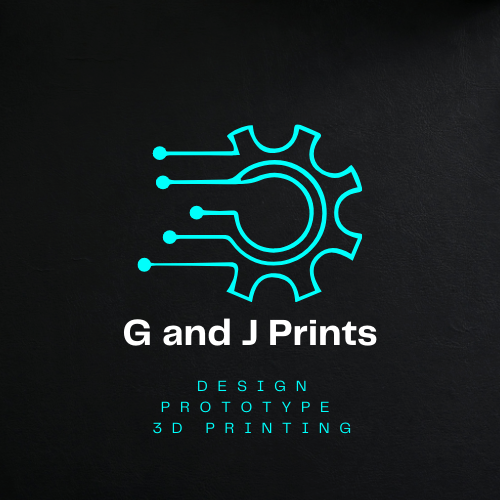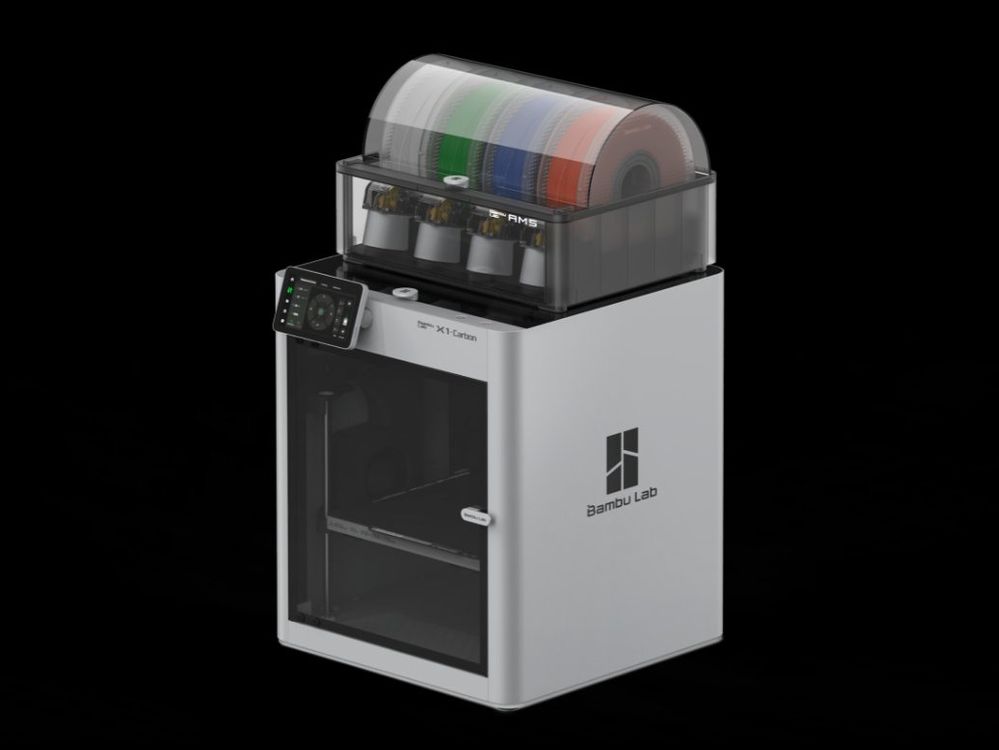Rapid prototyping is a crucial step in the product development process. It allows designers and engineers to quickly create physical models of their ideas, test them, and make improvements before moving forward with production. One of the most effective tools for rapid prototyping is 3D printing. In this blog post, we will explore the benefits and applications of 3D printing in the rapid prototyping process.
What is 3D printing?
3D printing, also known as additive manufacturing, is a process of creating three-dimensional objects by layering materials on top of each other. It starts with a digital model, which is sliced into thin layers. The 3D printer then builds the object layer by layer, using materials such as plastic, metal, or even biological materials.
Why is 3D printing ideal for rapid prototyping?
3D printing offers several advantages that make it ideal for rapid prototyping:
- Speed: 3D printers can quickly produce physical models, allowing designers to iterate and test their ideas in a matter of hours or days, rather than weeks or months.
- Cost-effectiveness: Traditional prototyping methods can be expensive, especially for complex designs. 3D printing eliminates the need for expensive molds or tooling, making it a more cost-effective option.
- Complexity: 3D printing can create intricate and complex geometries that would be difficult or impossible to achieve with traditional manufacturing methods.
- Customization: With 3D printing, each prototype can be easily customized and modified to meet specific design requirements.
Applications of 3D printing in rapid prototyping
3D printing has revolutionized the way prototypes are made across various industries. Here are some common applications:
Product design and development
3D printing allows designers to quickly create physical models of their product concepts, test them for functionality and aesthetics, and make necessary modifications before moving forward with production. It enables a faster and more efficient product development process.
Engineering and manufacturing
Engineers can use 3D printing to create prototypes of mechanical parts, test their fit and function, and identify any design flaws or improvements. This helps in optimizing the design and reducing the risk of errors in the final product.
Medical and healthcare
3D printing has revolutionized the field of medicine by enabling the production of patient-specific anatomical models, surgical guides, and even implants. It allows surgeons to plan complex surgeries, improve patient outcomes, and reduce surgical risks.
Architecture and construction
Architects and construction professionals can use 3D printing to create detailed scale models of buildings, test different design iterations, and communicate their ideas more effectively to clients and stakeholders.
Conclusion
3D printing has transformed the way prototypes are made, making rapid prototyping faster, more cost-effective, and more efficient. Its applications span across various industries, from product design and engineering to healthcare and architecture. By leveraging the power of 3D printing, designers and engineers can bring their ideas to life, test them rigorously, and make improvements before moving forward with production.

